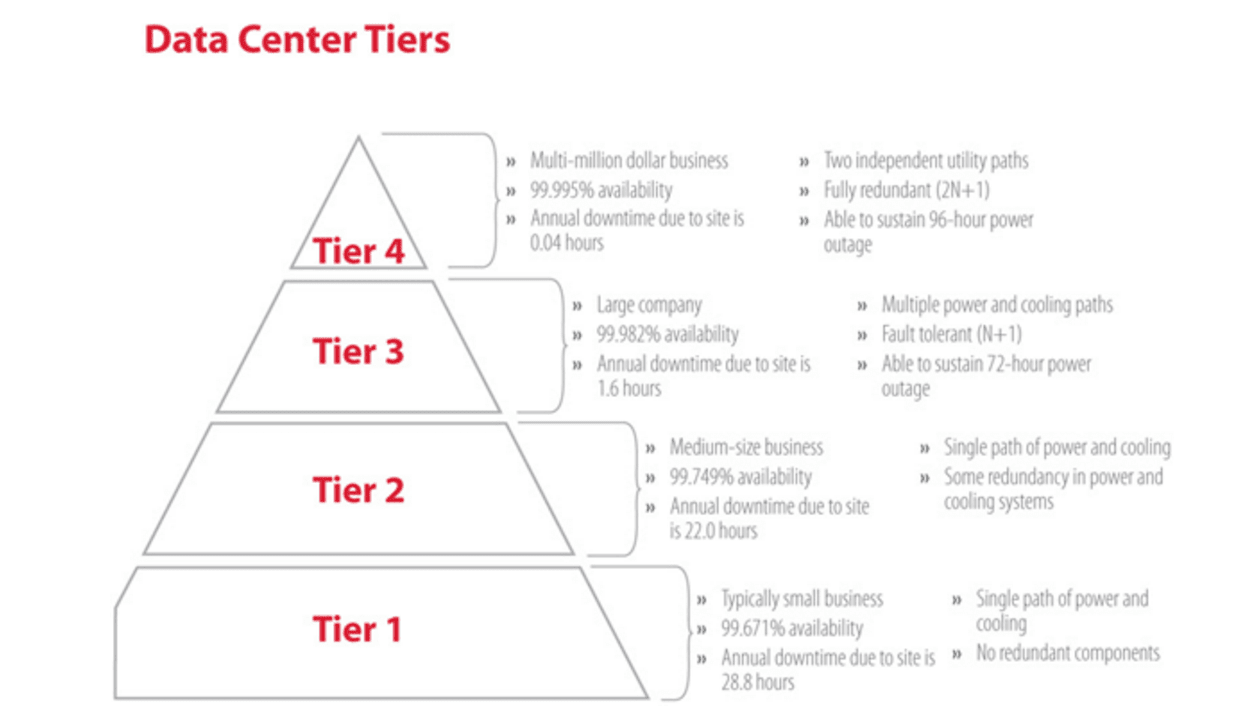What Happens to Redundancy If Company Goes Bust? An Overview to Your Rights
Checking Out the Interplay In Between Company Redundancy and Business Versatility for Future Development
In the vibrant landscape of today's service world, the detailed partnership between firm redundancy and business adaptability becomes an important element for sustained development and success. Firms usually encounter the difficulty of striking a delicate balance between preserving a level of redundancy to alleviate threats and cultivating flexibility to react quickly to the ever-evolving market needs. This delicate interaction holds the crucial to not only surviving in turbulent times yet also thriving despite uncertainty. As we explore the complex dimensions of this interplay, intriguing understandings into exactly how organizations browse these complexities to lead the means for future growth wait for.
Significance of Company Redundancy
Business redundancy is a vital element that improves organizational durability and alleviates functional dangers. By integrating redundancy procedures within the business structure, business can much better stand up to unpredicted disruptions and fluctuations in the company atmosphere. Redundancy functions as a calculated barrier, permitting companies to adapt and react successfully to unanticipated difficulties without endangering important operations.
One secret facet of the relevance of company redundancy is its function in making sure connection throughout times of situation. When faced with sudden changes or emergencies, redundant systems, resources, or personnel can tip in to keep critical functions and avoid extensive interruptions. This continuity not only safeguards the business's track record and consumer trust fund but also decreases financial losses and operational downtime.

Methods for Organizational Flexibility

Creating versatile business frameworks that permit for fast changes to market dynamics and customer needs is necessary for staying affordable in a swiftly progressing setting. By proactively identifying potential disruptions and chances, companies can proactively adjust and prosper in an ever-changing business landscape.
Harmonizing Redundancy and Flexibility
Attaining a harmonious stability between functional redundancy and organizational versatility is extremely important in browsing the complexities of a dynamic company setting. Redundancy within a business offers a security net, making sure connection and security in operations. Nonetheless, an unwanted of redundancy can lead to inefficiencies and prevent adaptability to altering market conditions. On the various other hand, business adaptability enables companies to react without delay to external interruptions and confiscate new chances. Striking the appropriate equilibrium in between redundancy and versatility is a fragile process that requires a deep understanding of the organization's objectives, industry characteristics, and danger tolerance.
To attain this equilibrium, business need to conduct regular analyses of their procedures to recognize areas where redundancy is required for risk reduction and where adaptability can drive advancement and growth. Applying flexible frameworks, promoting a society of continuous this knowing and improvement, and urging open communication across all levels of the organization are crucial approaches to harmonize redundancy and flexibility efficiently. By lining up these 2 essential elements, firms can place themselves for lasting growth and success in an ever-changing business landscape.
Situation Research Studies on Adaptation Success
In taking a look at circumstances of effective organizational adjustment, it becomes obvious that the interaction in between functional redundancy and versatility is a defining factor in shaping resilient companies. One engaging study is that of Netflix. Originally a DVD rental solution, Netflix showed impressive adaptability by transitioning into a streaming system when digitalization interrupted the market. By purposefully investing in technology and material creation, Netflix not only thrived however survived in a rapidly advancing market. One more standout instance is Amazon. Beginning as an on the internet bookstore, Amazon constantly adjusted its organization model, increasing right into diverse fields such as cloud computing and man-made intelligence. This flexibility allowed Amazon to stay ahead of rivals and satisfy transforming customer needs. Last but not least, Adobe provides a significant picture of successful adjustment. The company shifted from marketing software licenses to a subscription-based version, ensuring reoccuring revenue Get More Info streams and improved client interaction. These study highlight the importance of operational redundancy coupled with business adaptability in fostering long-term development and competitiveness.
Structure Resilience for Future Growth
Building resilience for future growth requires a critical placement of functional procedures with market characteristics and emerging fads. Companies should adjust to transforming settings by fostering a society of versatility, innovation, and continuous renovation. Learn More Strength includes not just getting better from setbacks but likewise proactively planning for future difficulties. One vital aspect of building durability is investing in durable threat management strategies to alleviate prospective disruptions. This includes circumstance planning, diversifying supply chains, and creating contingency prepare for different contingencies (who pays redundancy money).
In addition, fostering solid partnerships with stakeholders, such as customers, staff members, distributors, and the area, is necessary for keeping and weathering unpredictabilities trust fund and support throughout rough times. Effective communication and openness play a vital duty in structure durability, as they assist assist in and straighten expectations partnership in navigating unpredictabilities.
Moreover, organizations require to prioritize discovering and development campaigns to upskill employees and outfit them with the needed devices to adjust to changing scenarios. By buying their labor force, companies can boost their adaptability and agility, inevitably strengthening their durability for lasting future growth.
Verdict

In the vibrant landscape of today's organization world, the elaborate connection between firm redundancy and organizational versatility emerges as a critical variable for sustained growth and success. Firms commonly deal with the challenge of striking a fragile equilibrium between preserving a degree of redundancy to mitigate dangers and cultivating flexibility to respond quickly to the ever-evolving market demands.To accomplish this balance, firms require to conduct normal analyses of their operations to determine locations where redundancy is required for threat mitigation and where flexibility can drive development and development.In verdict, the interaction between firm redundancy and organizational versatility is vital for future growth. Building resilience with a mix of redundancy and flexibility will make certain that firms are prepared for the challenges of the future.